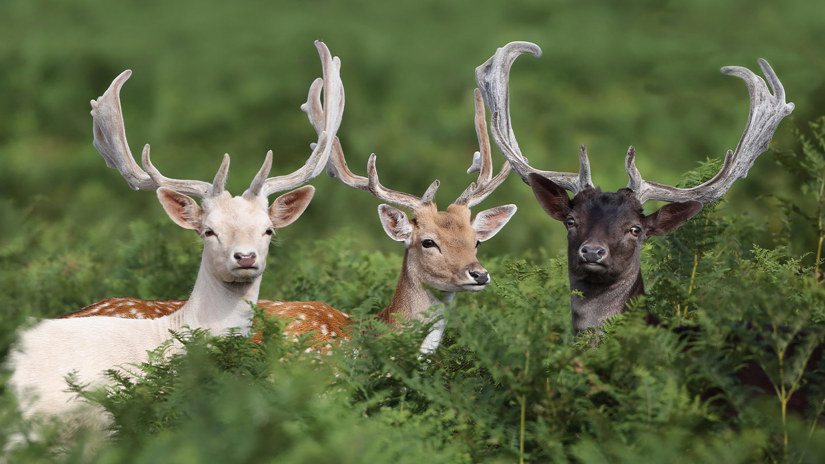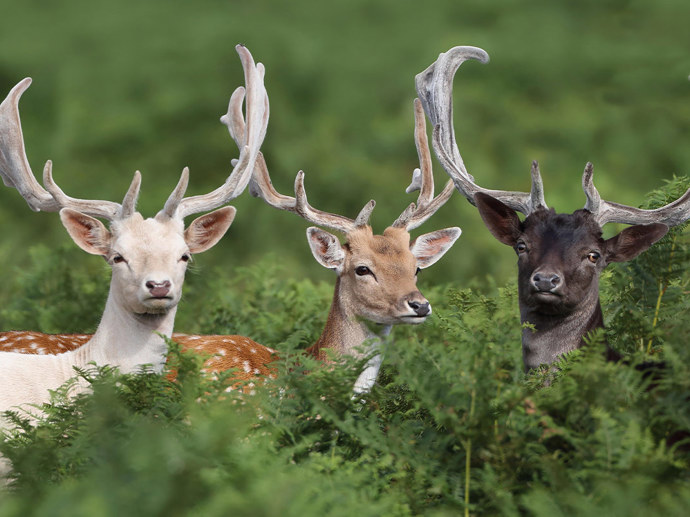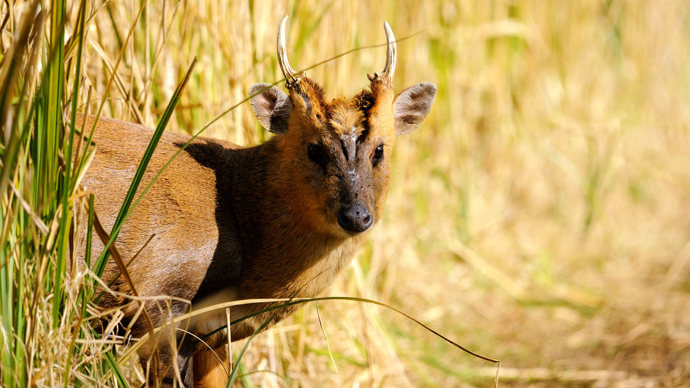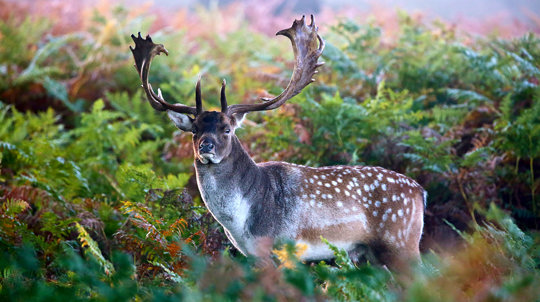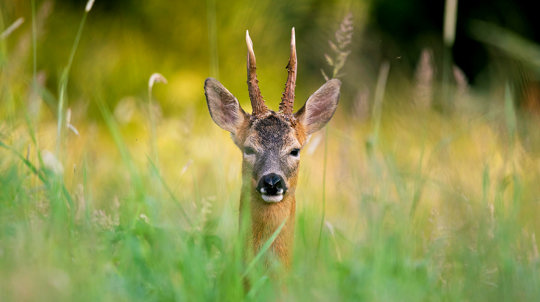Common name(s): muntjac deer, Reeves' muntjac
Scientific name: Muntiacus reevesi
Family: Cervidae
Habitat: broadleaved woodland, coniferous woodland
Diet: shrubs, trees, grass, plants and fungi
Predators: fawns taken by foxes. Adults have no predators.
Origin: non-native





